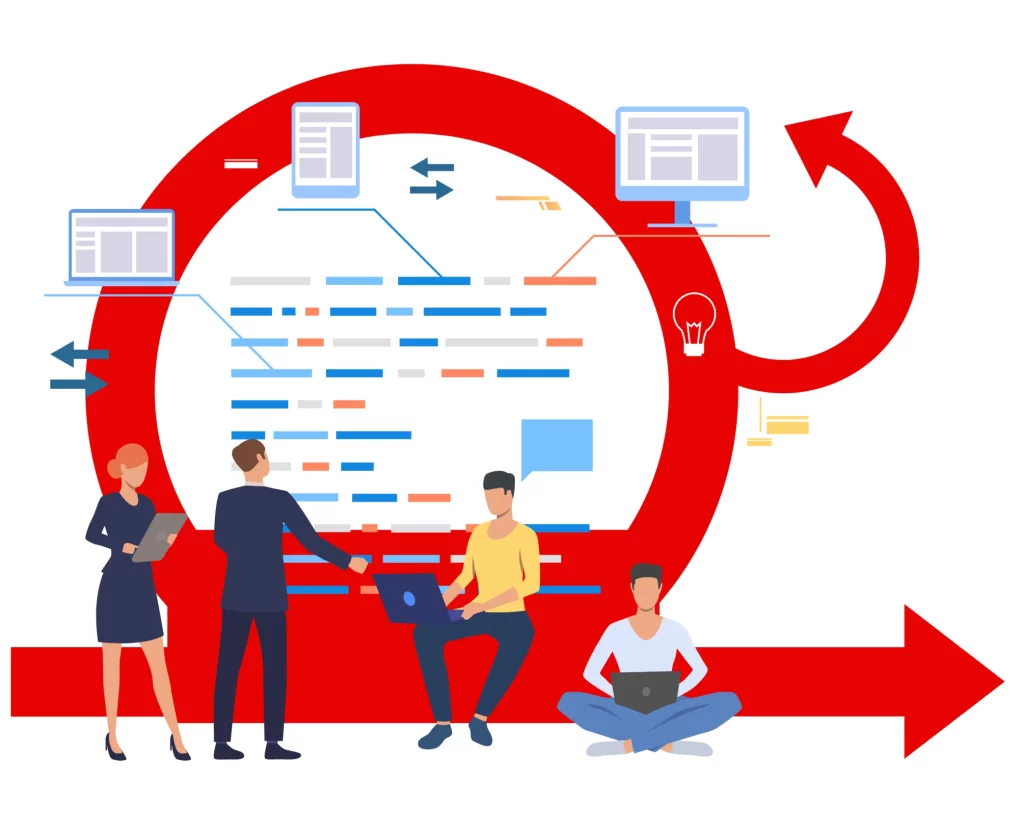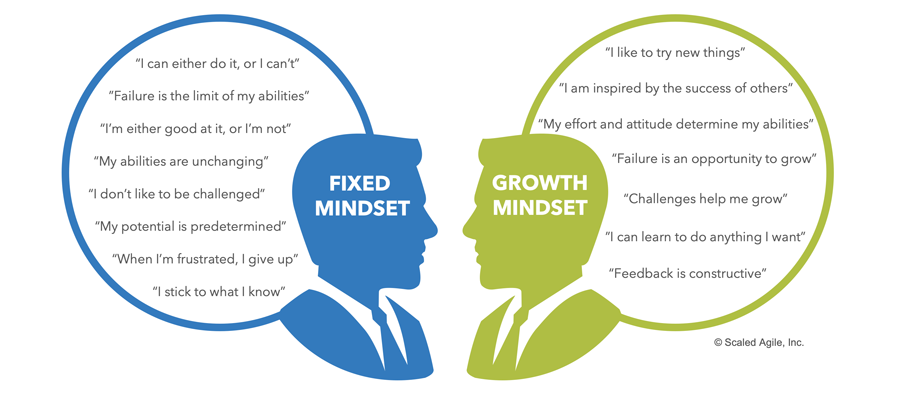Lean-Agile Mindset
The Lean-Agile Mindset is the combination of beliefs, assumptions, attitudes, and actions of SAFe leaders and practitioners who embrace the concepts of the Agile Manifesto and Lean thinking. It’s the personal, intellectual, and leadership foundation for adopting and applying SAFe principles and practices.
SAFe is firmly grounded in four bodies of knowledge: Lean, Agile, systems thinking, and DevOps. In fact, the genesis of SAFe was to develop guidance for enterprises on how to apply the principles and practices of Lean and Agile in the world’s largest organizations. For leaders, it requires a broader and deeper Lean-Agile


